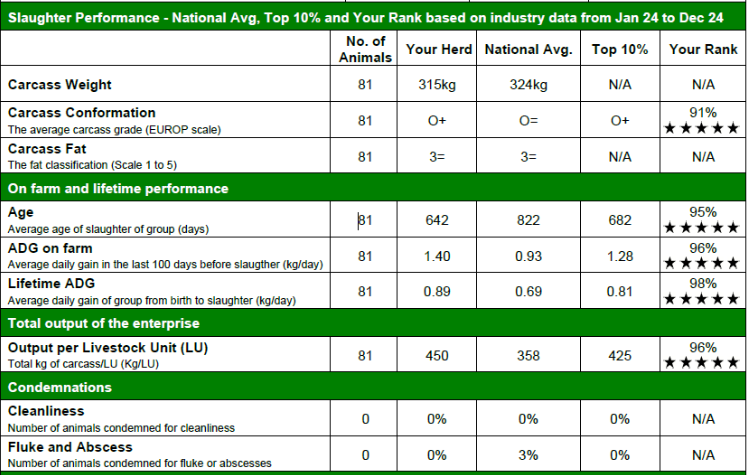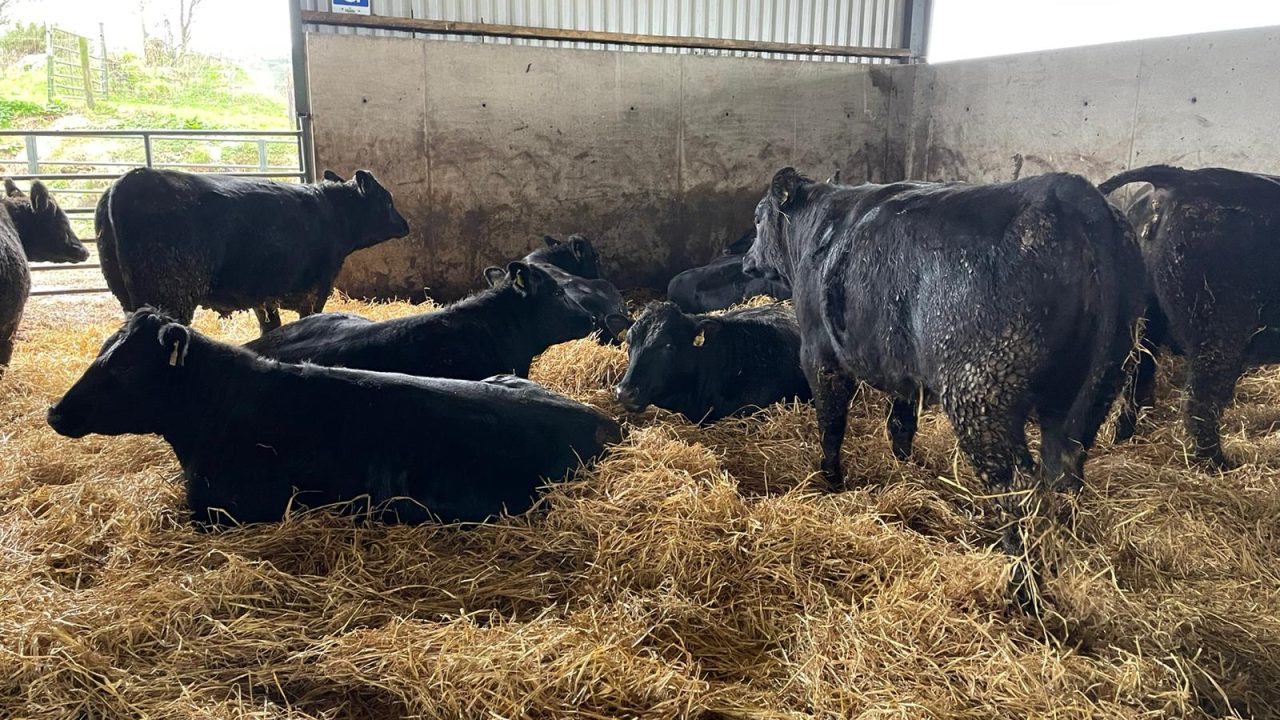Advantage Beef Programme

It provides a 'birds-eye view' of a farmers' herd performance and is the first report of its kind globally.
The report provides farmers with carcass and greenhouse gas (GHG) data and measures the performance of the animals slaughtered in the farmers' herd against a number of key performance indicators (KPIs).
Herd performance is then benchmarked against the ABP national average and the top 10% of all animals slaughtered at ABP sites.
Beef farmers who are supplying cattle to ABP Food Group can view their Beef Benchmark Report for free by logging on to the Irish Cattle Breeding Federation (ICBF) website.
A list of options will appear across the top of the screen and farmers can click 'Reports', then click 'All Reports', then click 'General', then click 'Beef Benchmarking Report'. From there, farmers can enter the dates they want the report for and click 'Download Report' where a report will be generated for the farmer to view.
In this article, the ABP Demo Farm manager Sean Maher examines the performance of the cattle slaughtered on the ABP Demo Farm in 2024, based on the results from the Beef Benchmarking Report.
The main focus of the report is to provide farmers with a yardstick of how to measure their own farms output versus others operating the same finishing system.
The table below outlines key performance statistics of the male cattle (steers) slaughtered on the ABP Demo Farm in 2024:

The report compares animals on their genetic makeup and how they performed versus their counterparts and also outlines statistics on market specification and what percentage of cattle are hitting market targets.
The report details weight gains and age at slaughter. Sean said: "The farm performs quite well in these aspects ranking in the top 2% for lifetime average daily live weight gain (ADG)."
As well as this, the report has a genetic component, detailing the performance of the cattle based on their Commercial Beef Value (CBV).
ABP Demo Farm steer performance based on CBV:

The ABP farm manager said: "As the performance data indicates, the top third of animals on the CBV graded higher and weighed more than the animals in the bottom third for CBV.
"The slightly higher age at slaughter would be attributed to more continental-breed influence. If we take this in financial terms, the cattle in the top third would be worth over €150/head more versus the bottom third."
The report also details the carbon footprint of animals both from a live weight and kg carcass weight perspective.
Maher said: "The ABP Demo Farm is comfortably in the most efficient 10% for both these metrics and this is largely down to our lower age at slaughter as well as the high output and efficiency levels being achieved."
"When we compare the steer performance for this year versus the previous year, we are consistent year-on-year in this sub-category.
"The Beef Benchmark Report is an exceptionally useful tool when it comes to comparing your own farm to others operating similar systems. Its genetic report offers farmers the opportunity to compare their own cattle and reflects the importance of the CBV," he added.
Farmers who want to find out more about the report can contact a member of the Advantage Beef Programme's farm liaison team, a member of the Irish Cattle Breeding Federation (ICBF) HerdPlus team, or a Teagasc advisor.
